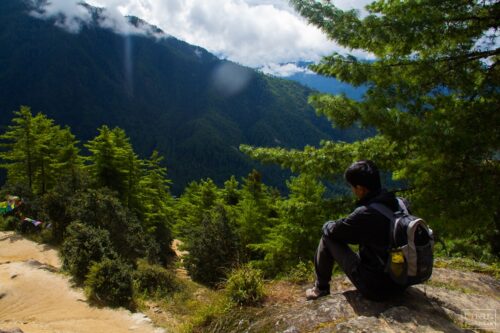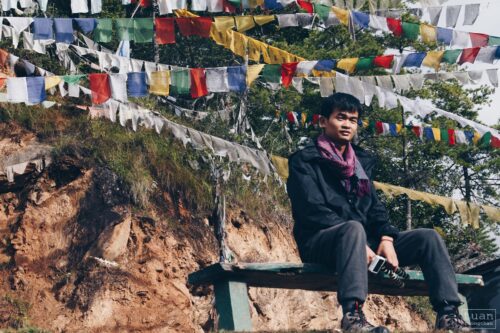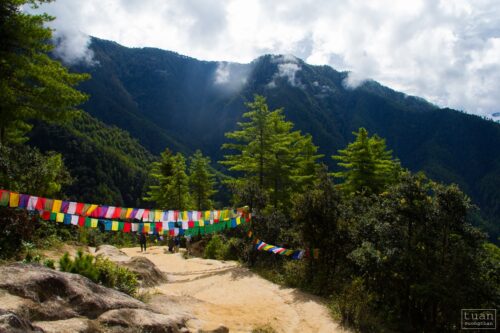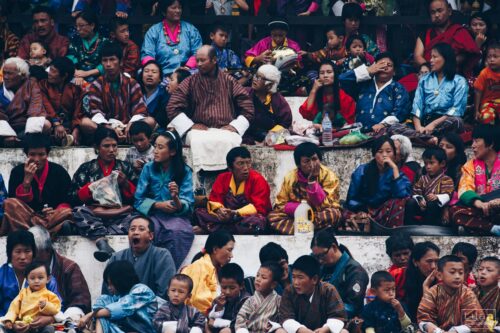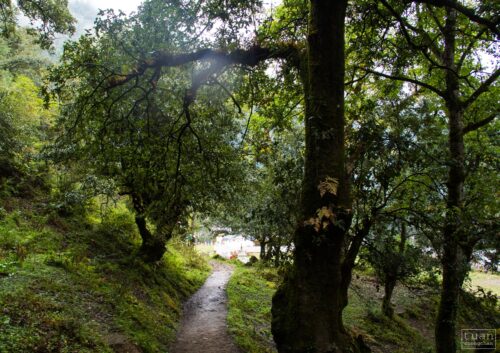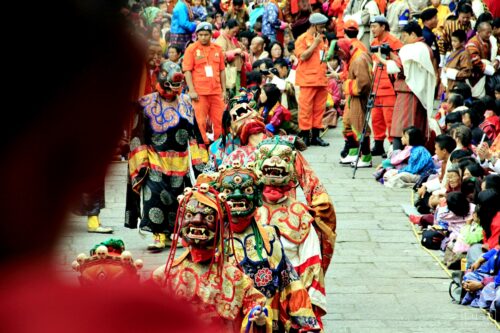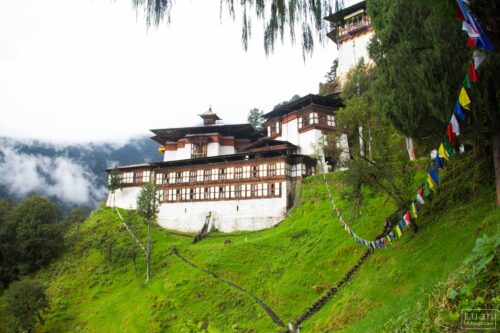Bhutan’s climate is as varied as its altitudes and, like most of Asia, is affected by monsoons. Western Bhutan is particularly affected by monsoons that bring between 60 and 90 percent of the region’s rainfall. The climate is humid and subtropical in the southern plains and foothills, temperate in the inner Himalayan valleys of the southern and central regions, and cold in the north, with year-round snow on the main Himalayan summits. Though Bhutan has four distinct seasons, it is hard to generalize the weather since mountain climate varies enormously from one region to another. It varies with the altitude and can reach extremes of heat and cold within a day’s travel. Depending on the altitude, you may be freezing on top of a pass and 2 hours later you may be sweating in a sub-tropical jungle.
Spring lasts from mid-March to mid-June with temperatures warming gradually to 20-25 degree Celsius by day and 12 degree Celsius by night. This is one of the most beautiful times of the year as the whole kingdom comes to life with the spectacular flaming red, pink and white of the rhododendron, magnolia and numerous other wildflowers in bloom.
Autumn, which lasts from mid-September to mid-December, is possibly the most rewarding time to visit Bhutan. The days remain lovely with crisp clear skies. Visitors can enjoy stunning views of snow-capped Himalayan Mountains, particularly during the month of November and December. In October and November, a riot of color envelopes the valleys of Paro, Thimphu, Punakha, Mongar and Lhuntse – the gold of ripe rice paddy in the fields is splashed with the pink of wild cosmos, and all the grey shingle roofs of farmhouses have red chilies drying on them. Higher up in the valleys of Bumthang, Rukubji and Haa, the fields are now a brilliant patchwork of pink buckwheat, yellow mustard and crimson amaranth. During this time, the temperature remains 20-25 degree Celsius during the day and drops to 8-10 degree Celsius by night.
Winters are quite dry with some snow and lot of sunshine. During sunny days, in most valleys, the daytime temperatures remains between 12 and 16 degree Celsius, while evenings and mornings are very cold.
Clear skies in winter months are the best time to view the snow-covered peaks of the high Himalayan Mountains.
In summer, from mid-June to August, most valleys in this region receive abundant rain. However, in most valleys in this region, the rain falls mainly in the late evenings and at night. Temperature in most valleys remains between 28-32 degree Celsius during the day and 18-20 degree Celsius at night. Sun often comes out from behind the clouds and the days are very pleasant.
Northern region – where most treks take place (Laya, Lunana, Lingshi).This high altitude region on the slopes of the high Himalayan ranges, inhabited between 3,500 and 5,000 meters, is characterized by harsh climate with continues snow during the winter months from December to mid-March. By end of November, most passes that connect these regions with the lower central’s valley remain closed by snow. The region truly offers a stunning look at nature’s most spectacular Himalayan landscape during the trekking seasons in spring and autumn. The days are warm and pleasant with lot of sunshine. Nights are cold and the temperature may drop even below freezing.

